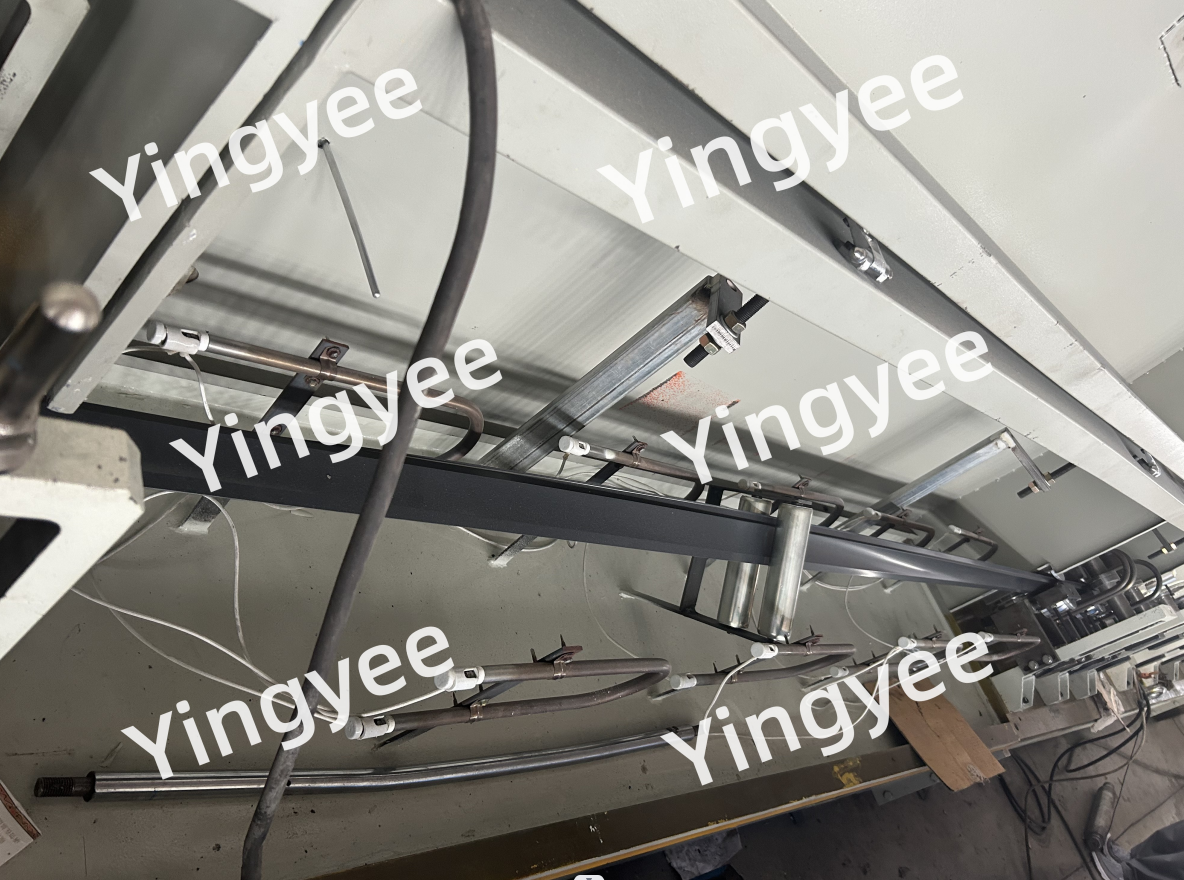
Truss Mesh Reinforcement A Structural Innovation
In the realm of civil engineering and construction, the quest for stronger, lighter, and more efficient materials has led to the innovative use of truss mesh reinforcement. This technology, which integrates the principles of truss structures with mesh reinforcement techniques, offers numerous benefits that can enhance the durability and performance of various concrete applications.
Understanding Truss Mesh Reinforcement
Truss mesh reinforcement combines the structural efficiency of trusses, which are triangular frameworks designed to distribute loads evenly, with the flexibility and tensile strength provided by mesh materials. Typically made from high-strength steel, truss mesh reinforcement consists of interconnected truss elements laid out in a grid format. This construction technique is particularly advantageous in concrete applications, as it helps in achieving optimal load distribution while minimizing material usage.
The geometry of trusses is particularly significant in reinforcing concrete. The triangular shape allows for efficient load transfer, reducing the chances of failure under applied stresses. In addition, this design helps in minimizing the amount of concrete required, thereby reducing the overall weight of the structure. This lightweight feature also contributes to lowering transportation costs and simplifying installation processes on-site.
Applications of Truss Mesh Reinforcement
Truss mesh reinforcement can be used in a variety of applications within the construction industry. One of its primary uses is in the reinforcement of concrete slabs. Whether for flooring, ceilings, or pavement, truss mesh provides excellent tensile strength, which is crucial in preventing cracks and ensuring longevity. With the rise of high-rise buildings and sprawling infrastructure, the demand for effective slab reinforcement is at an all-time high.
Moreover, truss mesh reinforcement is beneficial in precast concrete elements. Manufacturers can utilize this technology to create stronger precast components that are lightweight yet structurally sound. These elements can be fabricated offsite and transported to the construction location, streamlining the building process.
In addition to slabs and precast elements, truss mesh can be effectively employed in the reinforcement of walls and other structural elements. The versatility of truss mesh allows engineers to explore novel architectural designs without compromising safety, a vital consideration in modern construction.

Advantages of Truss Mesh Reinforcement
One of the primary advantages of truss mesh reinforcement is its enhanced load-bearing capacity. The truss geometry facilitates superior distribution of forces, allowing structures to withstand heavy loads more effectively than traditional reinforcement techniques.
Additionally, truss mesh is highly adaptable. The modular nature of truss frameworks means that they can be scaled and customized to suit specific project requirements. This adaptability can lead to significant time and cost savings during both the design and construction phases.
Another benefit lies in the improved sustainability of projects that utilize truss mesh reinforcement. By optimizing material usage and reducing excess waste, this technology contributes to more sustainable construction practices. Furthermore, the longevity and durability of structures reinforced with truss mesh can lead to less frequent repairs and replacements over time, further reducing environmental impact.
Challenges and Considerations
Despite its many advantages, the use of truss mesh reinforcement is not without challenges. Engineers and architects must carefully assess the loading conditions and environmental factors that may affect a structure’s performance. Additionally, while truss mesh can be cost-effective, initial material costs and specialized installation techniques may require careful budget considerations.
The integration of truss mesh reinforcement into existing construction practices may also pose a learning curve for contractors and workforce members. Training and education will be necessary to ensure that all personnel are well-versed in the methods and benefits of this innovative reinforcement technology.
Conclusion
Truss mesh reinforcement represents a significant advancement in structural engineering, providing enhanced performance, sustainability, and versatility in concrete applications. As the construction industry continues to evolve, embracing such innovations will be crucial to meeting the growing demands for stronger and more efficient building materials. With ongoing research and development, truss mesh reinforcement stands poised to be a cornerstone of modern construction practices, promising improved safety and durability for years to come.